Tom Draper, Balluff Inc.
New vision based optical sensor products use simple vision technology to bridge the gap between vision systems and sensors. As a single device, they offer a simple, practical, and cost effective way to simultaneously check several aspects of a product. Through a simple configuration interface, optical sensors will give you more information than a single function “smart camera” or a standard discrete sensor. At the same time, they avoid the traps of complex vision systems in cost, complexity, and the need for specially skilled operators.
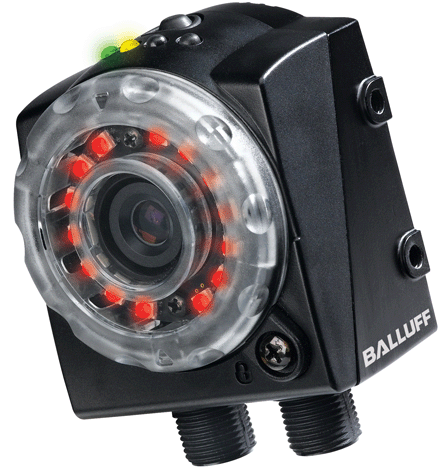
The capabilities of newer technologies are enabling sensors to move up the curve into vision applications. Meanwhile, vision providers are moving down the curve towards discrete sensor applications. Instead of a clash of technologies, however, a new layer of technology that combines the best from each is emerging — the optical sensor.
An optical sensor is more like a smart sensor than a vision system. It is configured to look for certain attributes of a part or product to make sure they are present, that the part is configured
correctly, and to verify position. But like a vision system, they can error proof parts or configurations presented to them in different positions.
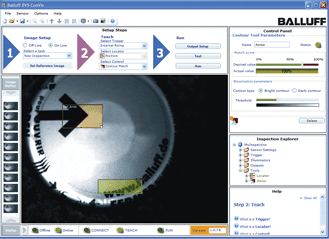
Optical sensor software can be far easier to learn and use than its more complex vision system cousins.
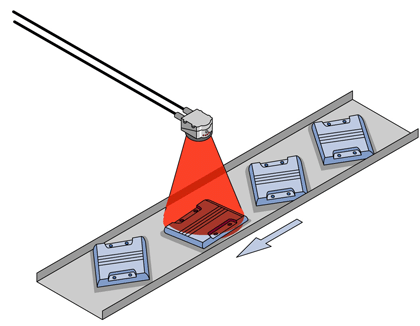
Assembly Check: Injection molded or assembled parts are checked in final inspection.
Optical sensors have the ability to compensate for part misalignment for reliable inspection.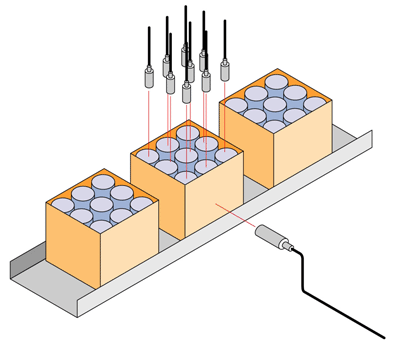
Multiple Sensor Replacement: An optical sensor can replace many conventional sensors at a time. In this example, it takes ten conventional photoelectric sensors to check the contents of a package. This job can easily be handled by one optical sensor.
The result is a tool to help you error proof your processes. With the combination of both technologies and the simpler “sensor like” approach to configuration and use, you can apply more complex sensing at a lower cost point. The optical sensor is an inexpensive device for reducing planned down time, easing line changeovers, and accommodating flexible or “build to suit” manufacturing.
Information courtesy of Balluff.
www.balluff.com/sharpshooter
Optical sensor advantages:
Simple configuration and interface, with multiple sensing functions within a single device.
Fast set up and operation with reliable, discrete sensing methodology.
Low overall cost to implement and maintain compared to vision systems or multiple sensor
arrays.
Small enough to use in any non-caustic production area.
For presence checking, position detection, pattern matching, packaging checking, and assembly error proofing.
:: Design World ::
Filed Under: SENSORS, ELECTRONICS • ELECTRICAL, Vision • machine vision • cameras + lenses • frame grabbers • optical filters

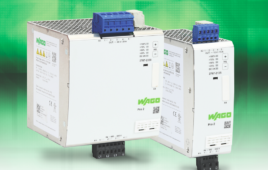

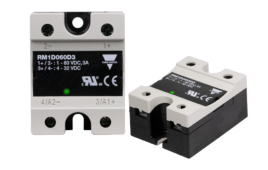
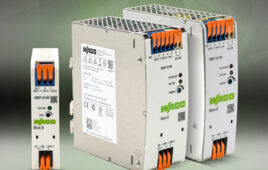
Tell Us What You Think!